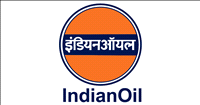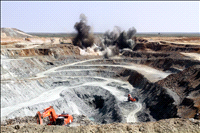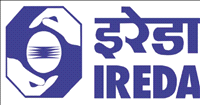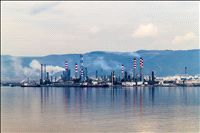Indigenisation of Navy-industry to work together to strengthen...
11 May 2001
Vice Admiral AS Krishnan, chief of material naval headquarters in his keynote address at the seminar said, "With the IT era coming of age speed of communication will accelerate the flow of knowledge and services." He said Navy expects to face the challenge of keeping pace with new developments as well as coping with new technologies with the active support and participation of Indian industry. He said the two should trust each other, which will make them a formidable combination. "We can then build the finest ships in a building period that is right, at a cost appropriate to the job, giving value to the navy and profit to the industry", he said. He pointed out that vendor management is an aspect that needs special focus and added that to achieve self-reliance, the navy and the industry must nurture reliable, competent and quality conscious sources of supply. Vice Admiral Krishnan said, "developing reliable sources, continuous interaction with the vendors, dynamic vendor rating through feedback from the users and dedicated market intelligence gathering will go a long way in establishing better working relationship between navy and the vendor."
Admiral Krishnan stressed on the need on the part of the navy to review its fastidious specifications and added that adoption of dual technology, military and civil, coupled with using commercial specifications could lead to developing military capabilities at affordable cost. He therefore pressed on the need to reduce navy’s dependence on non-indigenous vendors.
Earlier in his opening remarks Mr Suketu V Shah, deputy chairman CII western region and president and director Mukund Ltd. emphasized on the need to establish a strategic partnership between the navy and the industry. He said, "navy should consider the industry as its partner rather than its contractor." He also requested the naval headquarters to nominate a naval officer on deputation to work in CII as industry liaison officer.













.jpg)
















